Browse Our Books
You can browse our books easily with any of the following filters, hover over the filters or their titles to see their descriptions.
Reading Level
Categories
Or you can use quick search or switch to advanced search for better results...
Search Results (Found 1181 results)

Diet for a Changing Climate
The United Nations supports a compelling solution to world hunger: eat insects! Explore the vast world of unexpected foods that may help solve the global hunger crisis. Weeds, wild plants, invasive and feral species, and bugs are all food for thought. Learn about the nutritional value of various plant and animal species; visit a cricket farm; try a recipe for dandelion pancakes, kudzu salsa, or pickled purslane; and discover more about climate change, sustainability, green agriculture, indigenou

Dietary Supplements: Harmless, Helpful, or Hurtful?
Are you looking for a healthy body? Quick weight loss with no dieting? Top athletic performance without breaking a sweat? Web sites, infomercials, magazine ads, and celebrity tweets make an astonishing array of claims about the improvement to health and performance that will come from using dietary supplement. Registered nurse Connie Goldsmith takes an in-depth look at the wide world of dietary supplements--vitamins, minerals, herbal supplements, weight-loss products, performance-enhancing produ
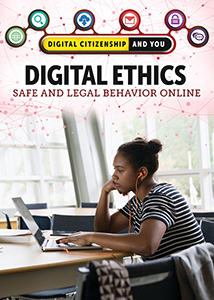
Digital Citizenship and You
Living in an interconnected world brings users of technology great opportunities and great responsibility, as well. It is no longer enough to know simply how technology works, but students must also grapple with the broader concepts of digital rights and ethics. Each book in this series correlates closely to curricular standards for students to become digital citizens. These include managing their digital identity, engaging safely with technology, and managing one's data and privacy. Backed by p
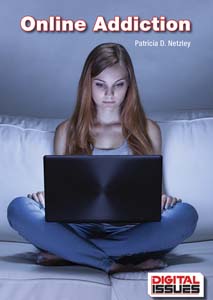
Digital Issues
Life in the modern online world comes with a seemingly infinite variety of benefits, pitfalls, controversies, and challenges. These are the ideas explored in the Digital Issues series. Individual books focus on topics such as social media, privacy, and addiction.
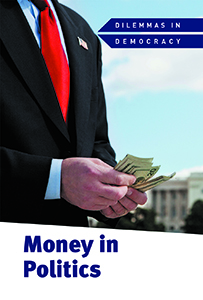
Dilemmas in Democracy
The Dilemmas in Democracy series empowers young citizens to understand nuanced topics, spotlighting key issues that democracies must navigate. Readers are encouraged to think critically about the bounds of free speech, how campaign donations shape elections, the limits of the right to vote, and more. Each book presents the debates surrounding newsworthy subjects while also contextualizing contemporary events.

Dimensions in Death
For teenagers Camm and Cal, protecting their small Mojave Desert mining town from terrifying extra-dimensional predators is just a part of their average day. But when Cal is stranded beyond a dimensional portal, Camm will have to put everything on the line and make a few unlikely allies to save her friend.
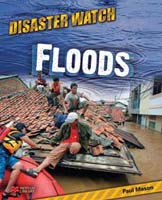
Disaster Watch
Each book in this series examines the causes and characteristics of a particular type of disaster, their effects on the environment and on animal and human populations, and how disasters are monitored.
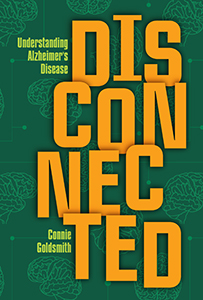
Disconnected: Understanding Alzheimer's Disease 
An Alzheimer's diagnosis affects more than just the patientCit affects their families and friends too. As the disease progresses, a patient's memory deteriorates. They might forget appointments and people's names. Their behavior may suddenly change. And later, they might require constant supervision. Many people are unexpectedly thrust into the role of a caregiver without preparation or knowledge of what's to come. That's why it's important to grow awareness for Alzheimer's, its signs and sympto

Discovering America: An Exceptional Nation
From the beginning, America has been an experiment in democracy that has evolved according to the will of the people and events of national and international importance. This essential series traces how citizens, the government, and historical circumstances combine to shape facets of the country ranging from politics to culture to the environment. Each book focuses on one such facet in accordance with AP United States History curriculum, providing readers with an understanding of how an exceptio
